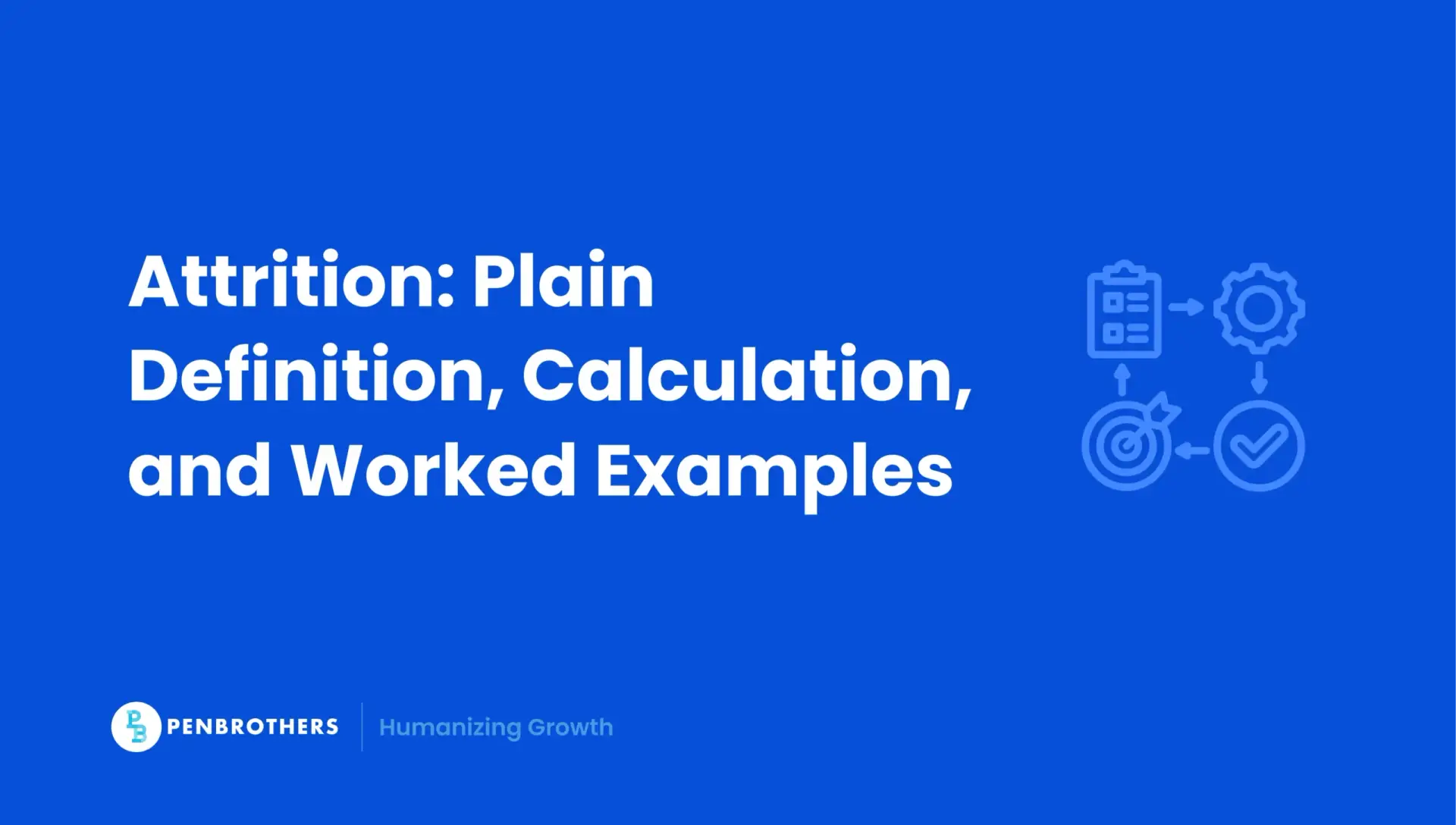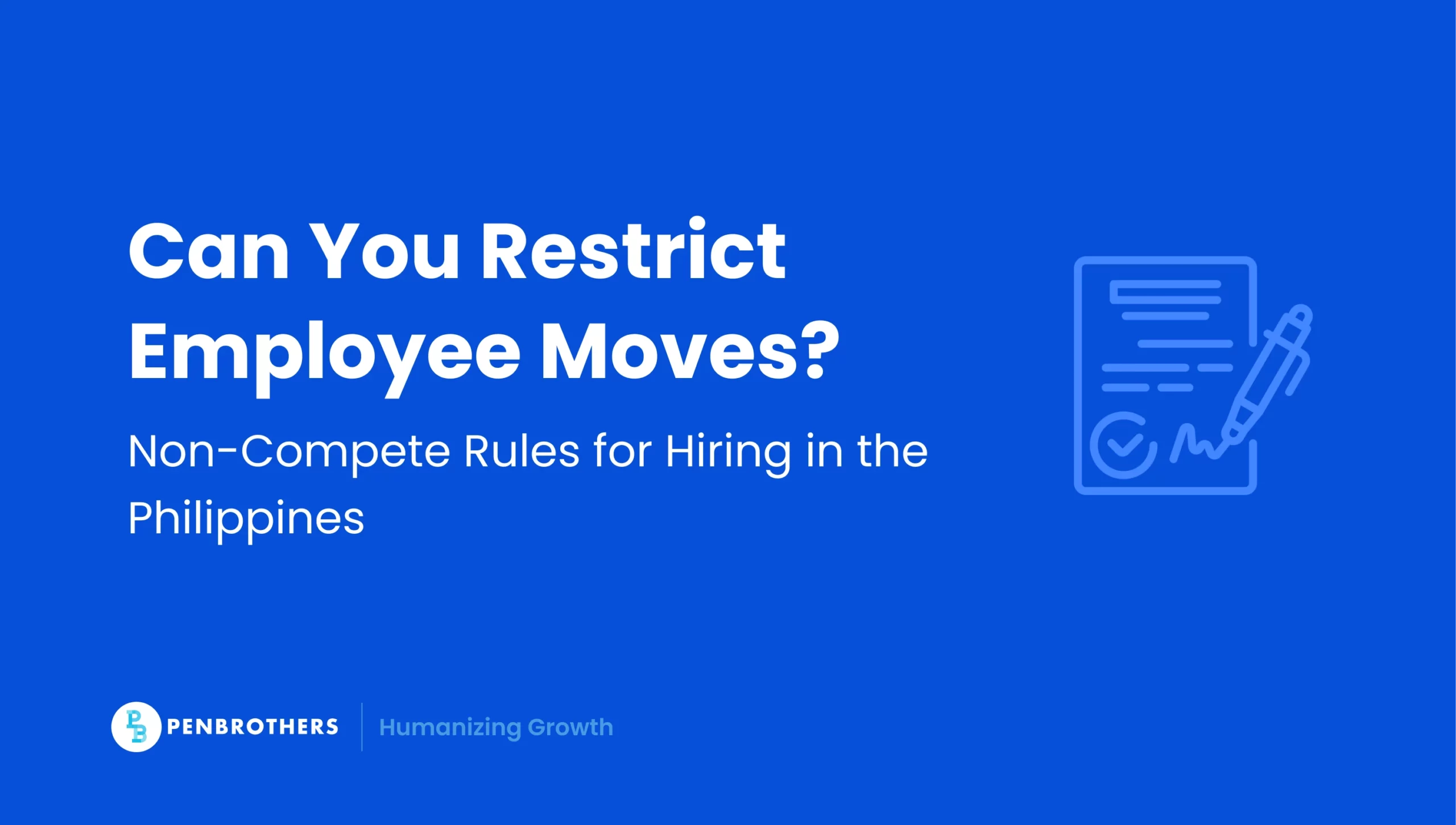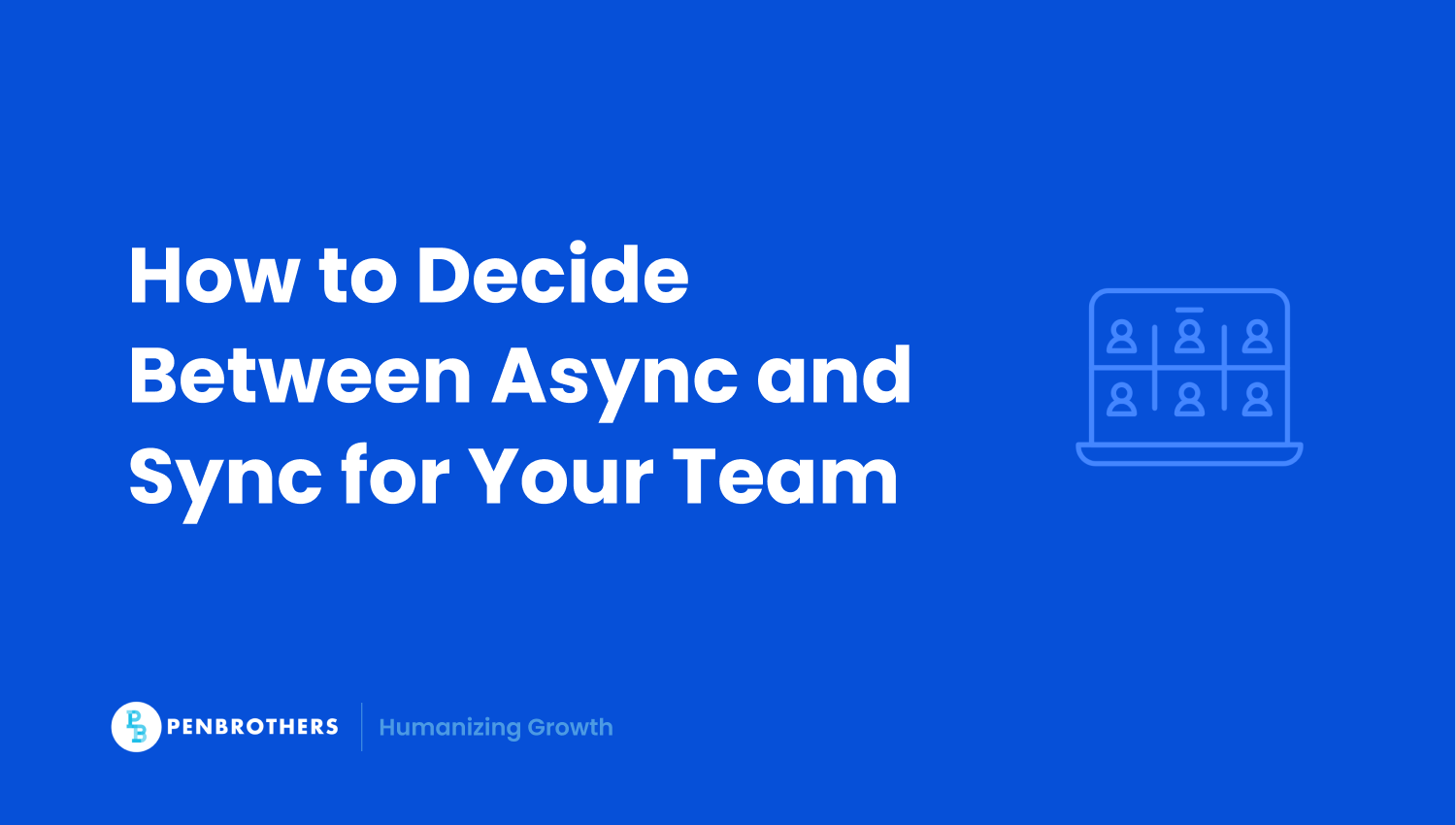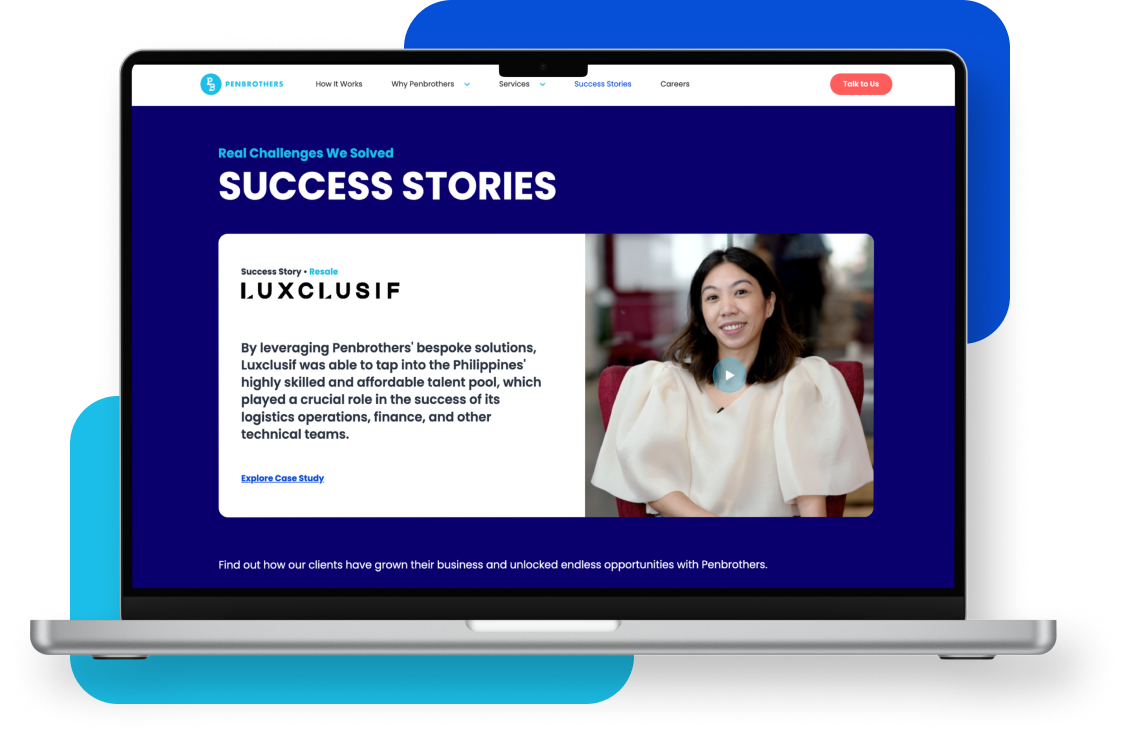What's Inside?
Types of HR Software: Quick Guide to HRIS Systems
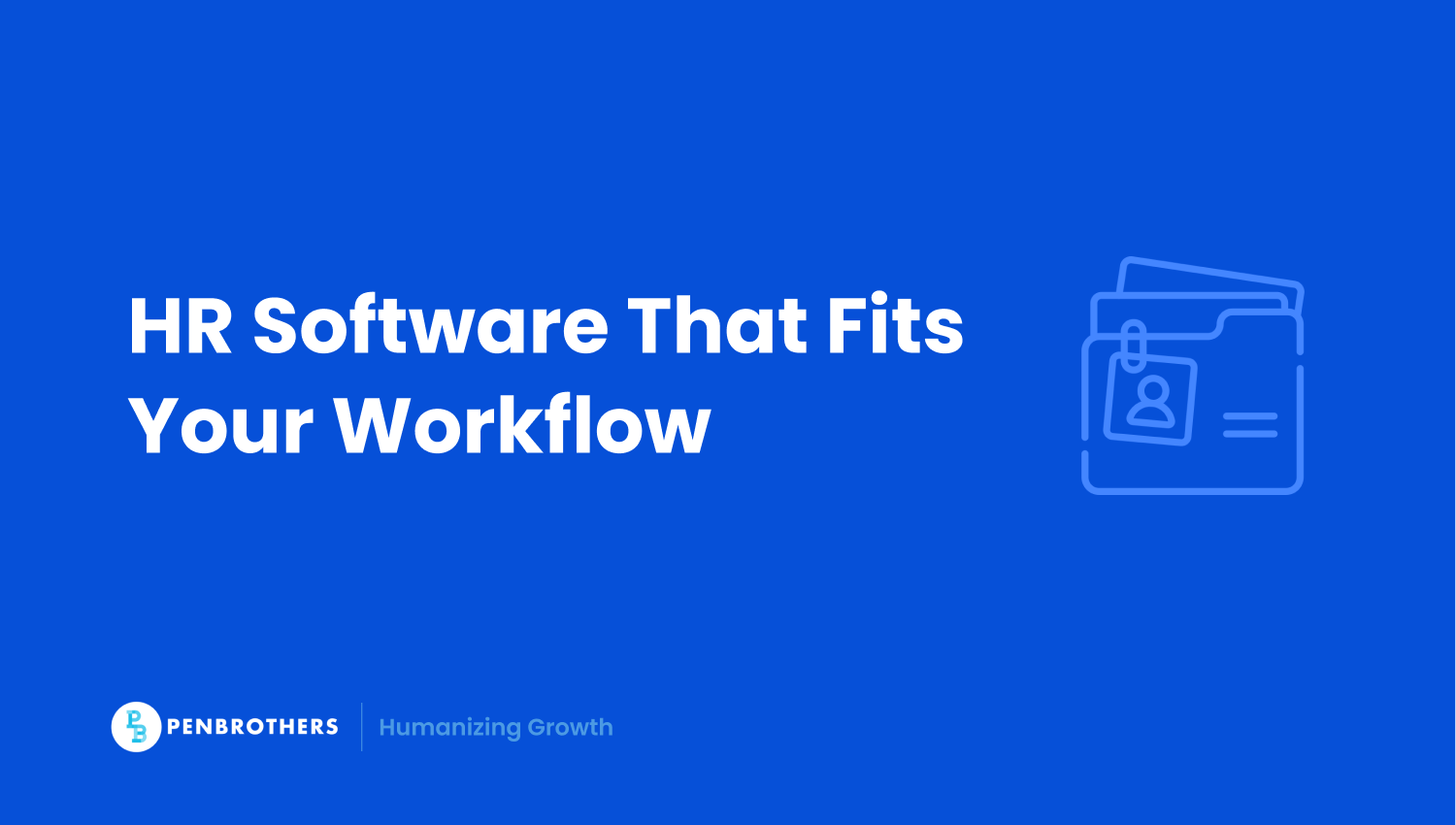
Scaling a company is exciting. Managing people while doing so? Not always easy. Manual HR processes that once worked for a 10-person team quickly buckle under the weight of a 50-person operation. That’s where HR software comes in. It ensures consistency, compliance, and visibility across the employee lifecycle.
Let’s explore the different types of HR software, specifically HRIS systems, and how each supports your evolving HR needs.
Key Takeaways
- A Centralized System for Core HR Functions: A Human Resource Information System (HRIS) is a foundational software platform that stores, processes, and automates core HR functions, including employee data, payroll, timekeeping, and benefits administration, all in one centralized place.
- There Are Different Tiers for Different Business Needs: HR software is not one-size-fits-all. It ranges from Operational HRIS (for basic payroll and admin), to Tactical HRIS (for compensation analysis and onboarding), up to Strategic HRIS (for talent forecasting and succession planning), allowing a company to choose the level of complexity it needs.
- Understanding HRIS vs. HRMS vs. HCM is Key: These acronyms represent different levels of sophistication. An HRIS focuses on core data and operations. An HRMS (Human Resource Management System) adds talent and performance management. An HCM (Human Capital Management) is the most advanced, adding strategic workforce planning and predictive analytics.
- HRIS Alone is Not Enough for Global Hiring: While an HRIS is excellent for managing internal employee data, it is not built to handle the complexities of international employment. It cannot manage localized labor laws, multi-currency payroll, or statutory benefits in a foreign country, which is why a global employment partner is necessary for offshore teams.
What Is an HRIS (Human Resource Information System)?
An HRIS is a centralized platform that stores, processes, and automates human resource functions. From onboarding and payroll to training and benefits administration, HRIS software lightens the admin load. There are two primary configurations: on-premise and cloud-based. The former is hosted on internal servers. The latter is more flexible and ideal for growing, remote, or offshore teams. Most modern HRIS platforms also come with:
- Self-service employee portals
- Applicant Tracking Systems (ATS)
- Automation workflows
- Centralized employee data
- Compliance tracking tools
According to Market Research Future, the global Human Resources Management (HRM) software market is projected to grow from USD 14.92 billion in 2022 to USD 33.40 billion by 2030, at a CAGR of 12.2%. This growth is driven by the rising adoption of automation, digitization of HR processes, and advancements in modern technologies.
The 5 Main Types of HRIS Systems
When businesses search for HR software, they’re usually looking to solve a specific operational, strategic, or compliance issue. Here are the five core types of HRIS software:
Operational HRIS
This type handles the foundational tasks: payroll, leave tracking, timekeeping, and basic benefits administration. It’s best suited for SMBs that want efficiency without complexity. It’s cost-effective. It minimizes errors. It brings structure to chaos. For shift-based SMBs, an HRIS software such as Agendrix keeps teams aligned and operations running smoothly from shift to shift.
Tactical HRIS
Tactical systems guide mid-level decisions. Think compensation analysis, role-based onboarding templates, or training compliance audits. These systems often align with ERP software. Growing companies prefer this to reduce guesswork and tighten HR-business alignment.
Strategic HRIS
As the name suggests, this is where HR tech meets long-term growth. Strategic HRIS platforms support talent forecasting, succession planning, and hiring market insights. They help businesses plan team structures, evaluate future skill needs, and execute expansion initiatives.
Bundled insights from Josh Bersin do highlight significant performance gains tied to strategic HR investments. For example, in a Bersin and Deloitte study, organizations with strong employee experience and HR capabilities are:
- 2.4× more likely to meet or exceed financial targets
- 4.1× more likely to adapt well to change
- 5.3× more likely to engage and retain employees
Comprehensive HRIS
Need everything? Comprehensive HRIS blends operational, tactical, and strategic functions. These are robust systems that serve enterprises and mature organizations. They’re scalable. They’re powerful. But they’re also expensive.
Limited-Function HRIS
Limited-function HRIS is purpose-built. It might specialize in learning management or performance tracking. Early-stage companies and budget-conscious teams benefit from this setup. It offers value without unnecessary complexity.
HRIS vs HRMS vs HCM: What’s the Difference?
These three acronyms tend to be used interchangeably. But they represent different levels of HR software sophistication. Each one prioritizes specific aspects of people management, from data and workflows to strategy and analytics.
Let’s break them down:
HRIS (Human Resource Information System)
HRIS is the most foundational. It’s built to manage core HR processes, employee records, timekeeping, payroll, and benefits. It centralizes employee data. It automates workflows. It keeps compliance tight. Most HRIS platforms include a self-service portal and basic onboarding. Some also offer light training tools.
But its scope is limited. It’s best for teams focused on efficiency and data integrity without the need for deeper talent insights.
HRMS (Human Resource Management System)
HRMS builds on HRIS by adding talent and performance management features. This includes tools for career pathing, training, employee engagement, and performance feedback. It’s people-centric. It gives HR leaders more visibility into the employee experience. It helps reduce churn and track ROI on people development.
Modern teams prefer HRMS when managing both operations and performance in one ecosystem.
HCM (Human Capital Management)
HCM is the most advanced. It includes everything HRIS and HRMS offer and adds workforce planning, predictive analytics, business intelligence, and succession strategies. It’s strategic by design. It’s built for long-term growth. It helps HR partner with leadership in shaping the future of the business.
If HRIS is about data and HRMS is about people, HCM is about transformation.
By 2025, 60% of global mid‑market and large enterprises will have invested in a cloud‑deployed HCM suite for administrative HR and talent management.
Choosing the right system comes down to this:
- Need streamlined admin? Go with HRIS.
- Want to boost engagement and development? Consider HRMS.
- Planning for growth across regions and departments? HCM is your move.
HRIS vs HRMS vs HCM: What’s the Difference?
Selecting the right HRIS is not just an IT decision, it’s a strategic business choice. The wrong system adds complexity. The right one unlocks scalability, efficiency, and agility across your workforce. To make a smart decision, you need to evaluate your current needs without losing sight of your growth trajectory.
Here’s a step-by-step framework to guide your selection:
1. Audit Your Current HR Processes
Start by identifying where your current system (or manual process) is failing. Are payroll errors increasing? Is onboarding slow? Are managers overwhelmed by administrative tasks? Map these pain points clearly. Your HRIS should be a solution, not another workaround.
2. Align the System to Your Stage of Growth
Your HRIS should match your team size and expansion plans.
- If you’re a startup or small team, a limited-function or operational HRIS can cover the essentials without overkill.
- If you’re scaling fast or managing regional hubs, a strategic or comprehensive HRIS offers the flexibility and analytics needed for sustainable growth.
Don’t just plan for this year, plan for the next three.
3. Evaluate Total Cost of Ownership
Pricing isn’t always straightforward. Look beyond the monthly subscription. Consider setup fees, integration costs, user training, support levels, and the potential costs of switching down the line. Operational HRIS platforms tend to be more affordable, but lack advanced features you may soon need.
4. Involve Key Stakeholders Across Departments
An HRIS doesn’t exist in a vacuum. Engage HR, IT, finance, and operations leaders early in the selection process. Each team will have distinct needs from compliance reporting to integration with accounting software to employee satisfaction metrics. Start by aligning job roles with strategic outcomes, see how proper role descriptions lay the groundwork for scalable HR systems.
5. Check for Integration and Interoperability
Your HRIS should connect with the rest of your tech stack: ATS, payroll, benefits platforms, time tracking, and even collaboration tools like Slack or Microsoft Teams. Seamless data flow reduces double entry and avoids system silos.
6. Prioritize User Experience and Self-Service
A clunky interface will tank adoption especially with hybrid or remote teams. Choose a platform that’s intuitive for both HR admins and employees. Features like mobile access, electronic document signing, and personalized dashboards can dramatically reduce friction.
7. Ensure Scalability and Flexibility
Your HRIS should evolve as your workforce evolves. Ask:
- Can it handle multiple entities or locations?
- Does it support different contract types (e.g., freelancers, full-time, contractors)?
- Will it scale to 100 or 1,000 employees without requiring a full migration?
Benefits of Using HR Software (HRIS)
The right HRIS is more than just a digital filing cabinet. It’s a catalyst for organizational agility. When thoughtfully implemented, HR software unlocks significant improvements in both day-to-day efficiency and long-term strategy. Here’s how it makes an impact:
1. Increased Productivity Through Automation
Manual tasks like data entry, leave tracking, or benefits enrollment slow teams down and introduce risk. With HRIS, these processes are automated, freeing HR professionals to focus on strategic initiatives like talent development, DEI, and culture building.
According to McKinsey & Company, around 56% of typical hire‑to‑retire HR tasks, like onboarding, payroll updates, and compliance processing, can already be automated with today’s tools. In real terms, this automation translates to process cycle time reductions of 50–60% and cost efficiencies between 20–35% annually. Want to optimize your hiring funnel too? Discover proven talent acquisition strategies that work hand-in-hand with modern HRIS platforms.
2. Enhanced Data Accuracy and Compliance Readiness
HRIS platforms reduce human error by standardizing data entry and enforcing built-in validation rules. This is crucial for audit readiness and regulatory compliance, especially in multi-location or global setups. Accurate employee records and automated reporting also support GDPR, HIPAA, and other legal requirements without requiring excessive manual oversight.
3. Stronger Employee Experience with Intuitive Self-Service
Modern HRIS platforms empower employees to manage their own profiles, view payslips, request leave, and update benefits. This improves transparency. It reduces ticket volume for HR teams. And it builds trust. In today’s employee-driven market, that autonomy matters. It also aligns with what Gartner calls the “consumerization of the workplace”, where employees expect HR tech to work like the apps they use outside of work.
4. Faster Onboarding and Reduced Time-to-Productivity
New hires shouldn’t waste their first days filling out forms or chasing down approvals. HRIS tools streamline onboarding through automated workflows, document signing, and pre-configured checklists. According to SHRM, organizations with structured onboarding programs experience up to 50% greater new-hire productivity.
5. Centralized Visibility for Better Decision-Making
A unified HR system provides leadership with real-time access to workforce data. Need to identify skills gaps? Forecast turnover? Optimize headcount allocation? A robust HRIS allows you to make those decisions with data, not gut feel. This becomes even more critical in fast-scaling teams or hybrid environments, where visibility is often fragmented.
When HRIS Isn’t Enough: Global Employment Needs
HRIS systems are designed to handle internal workforce operations. But when your talent strategy crosses borders, traditional HRIS platforms begin to show their limits. Most are not built to navigate the complexities of global compliance, localized labor laws, or multi-currency payroll. They may manage employee data beautifully but they fall short when you need to hire and manage people across different countries.
This is where a global employment solution becomes critical.
Why HRIS Alone Isn’t Enough Internationally
- Local labor laws vary significantly from country to country. A standard HRIS doesn’t help you stay compliant with employment contracts, statutory benefits, or tax reporting in the Philippines, Indonesia, or Brazil.
- Cross-border payroll isn’t just about currency conversion. It requires legal entities, bank integrations, and jurisdiction-specific tax filings, none of which HRIS platforms are designed to handle.
- Worker classification errors can be costly. Mislabeling contractors versus employees in a new market can lead to penalties and reputational damage. HRIS tools don’t help you assess or mitigate that risk. That’s why understanding the role of a talent acquisition specialist is crucial, they bridge local labor intelligence with global hiring execution.
How Penbrothers Fills the Gap
Penbrothers is purpose-built for businesses managing offshore teams, especially in the Philippines. We act as your local partner, helping you hire, pay, and support talent compliantly without needing to set up your own legal entity.
Here’s what we handle that your HRIS can’t:
- Localized onboarding and offboarding workflows
- Mandatory government registrations and contributions
- Philippine labor compliance and tax remittances
- Benefits administration aligned with local standards
- On-the-ground HR support and performance tracking
We don’t replace your HRIS, we enhance it. For example, we can plug into your existing platform (like BambooHR or HiBob), or help you build a fit-for-purpose HR tech stack that works for both HQ and your remote teams.
Global Strategy, Local Precision
As you scale internationally, your HR strategy must balance two things: global consistency and local relevance. An HRIS gives you structure. A global employment partner gives you reach. When you combine the two, you don’t just manage teams, you empower them.
Partners like Penbrothers are designed for fast-moving startups, growth-stage tech companies, and global brands that need to move quickly without compromising compliance or employee experience. Whether you’re hiring your first developer in Manila or building a full offshore operations team, we help you make every hire count with no guesswork, no red tape, and no surprise fees. Want to explore whether full HRO is right for your model? Here’s a breakdown of Human Resource Outsourcing (HRO) and how it fits into the bigger picture.
Final Thoughts
Don’t choose HR software for today’s tasks alone. Choose it for what your business is becoming. Whether you’re building an in-house team or scaling offshore, your HRIS should reflect your operational strategy.
At Penbrothers, we help businesses simplify international growth. We work with your team. We complement your tech stack. We make global hiring easier, safer, and more scalable. And if you’re upskilling your HR team to keep pace, check out our SHRM certification guide to build HR capabilities in-house.
Frequently Asked Questions
An HRIS is a software platform that serves as a centralized system for managing a company’s core human resources functions. Its primary purpose is to automate and store employee data, manage payroll and benefits, and track time and attendance.
The main difference is the scope of their functionality:
HRIS: Focuses on core data and operations (e.g., payroll, employee records).
HRMS (Human Resource Management System): Includes all HRIS functions but adds people and performance management (e.g., training, employee engagement).
HCM (Human Capital Management): Is the most advanced, all-in-one suite. It includes all HRIS/HRMS functions plus strategic tools (e.g., workforce planning, predictive analytics).
The primary benefits are increased productivity through the automation of manual tasks (like data entry and leave tracking), enhanced data accuracy and compliance, a stronger employee experience through self-service portals, and centralized visibility into workforce data for better decision-making.
A company should choose a system by first auditing its current HR processes to identify pain points. The choice should then be aligned with the company’s stage of growth, and it’s critical to involve stakeholders from other departments (like Finance and IT) to ensure the system can be properly integrated with the existing tech stack.
No, a standard HRIS is not designed for international employment. It cannot manage the complexities of Philippine labor law, multi-currency payroll, or local statutory benefits (like SSS, PhilHealth, and 13th-month pay). For this, you would need to partner with a global employment solution, like an Employer of Record (EOR), that can handle these local compliance tasks.


